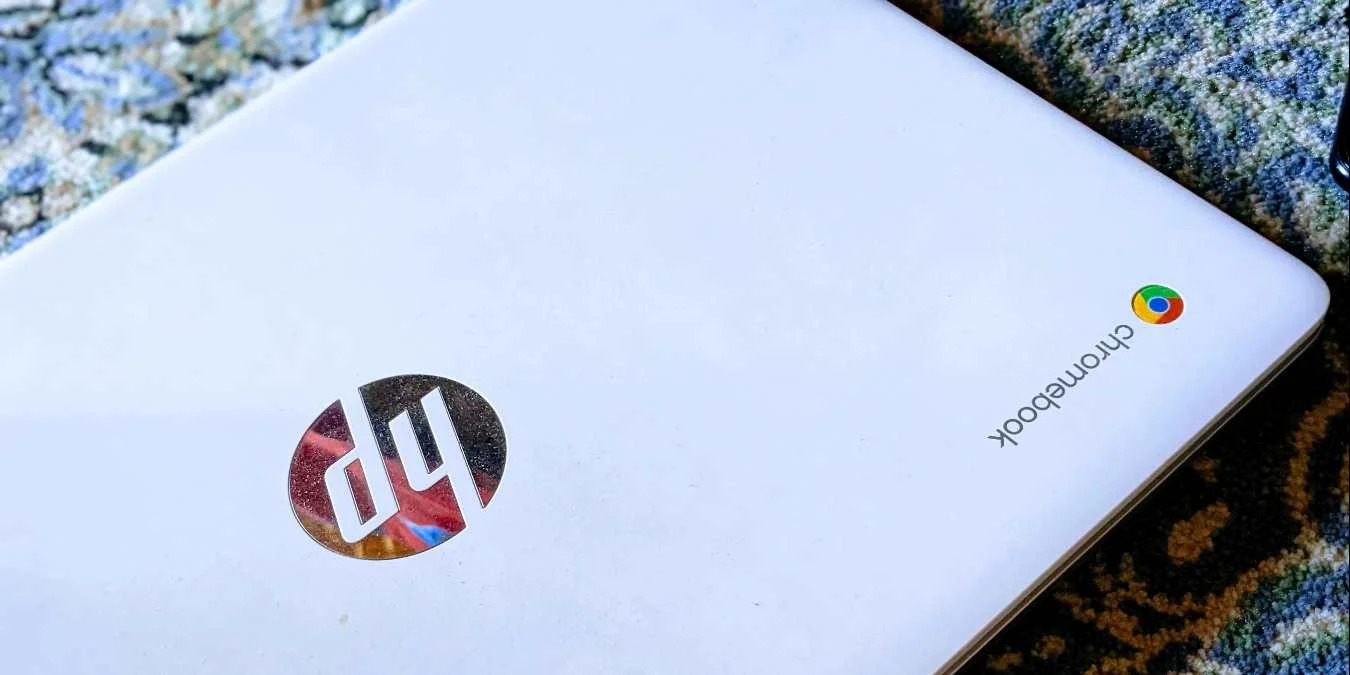
Understanding the Limitations
Losing a Chromebook can be stressful, especially if it contains sensitive information. Unlike smartphones with GPS and advanced tracking features, Chromebooks lack these capabilities. However, there are still ways to locate a lost Chromebook and protect your data.
Step-by-Step Guide to Locate Your Lost Chromebook
Access Your Google Account
- Use another device to access your Google account.
- Ensure private browsing by using incognito mode.
Navigate to Device Activity
- Log into your Google account.
- Go to
myaccount.google.comand click on theSecuritytab. - Scroll to the
Your devicessection and selectManage devices.
Locate Your Lost Chromebook
- Find and select the lost Chromebook from the list of devices.
- View recent activity and an estimated location based on the IP address.
Protect Your Account
- Sign out of the lost device remotely to prevent unauthorized access.
- Click on
Sign outnext toAccount Accessand follow the instructions.
Additional Security Measures
- Change your Google Account password immediately.
- Go to the
Securitysection, selectSigning in to Google, and choosePassword. - Enter and confirm your new password.
Change Saved Passwords
- Visit
passwords.google.comand sign in. - Review the list of saved passwords.
- Update credentials for each password by opening the associated app or website.
Using Chrome Remote Desktop for Remote Access
Setting up Chrome Remote Desktop proactively can be beneficial for remote access to your device. This allows control of your Chromebook from another computer, useful for deleting sensitive files or securing your device if stolen.
Setting Up Chrome Remote Desktop
- Download and Install: On your Chromebook, download Chrome Remote Desktop from the Chrome Web Store.
- Set Up Host Computer: Download and install Chrome Remote Desktop on the computer you want to use for remote access.
- Add Device: Open Chrome Remote Desktop on your Chromebook and click on
Add device. Follow the instructions to set up your Chromebook as a host device. - Connect Remotely: Open Chrome Remote Desktop on the host computer and click on
Remote desktop. Enter the code displayed on your Chromebook to establish a connection.
Unconventional Methods for Locating a Lost Chromebook
Using Google Maps
Open Google Maps on another device and click on the Your Location button. This might help recall the last place you used your Chromebook.
Checking Recent Activity
Access the device activity page to check recent sessions on your Chrome device(s). This shows the last time the device was used and an estimated location based on the IP address.
By understanding the limitations and using available tools effectively, you can ensure your Chromebook remains secure even if lost or stolen. Always keep your Google Account password strong and change it regularly to prevent any potential misuse of your device.
